PODRANEA
Podranea
Sprague in W. H. Harvey & suc. (eds.), Flora Capensis 4(2): 449. 1904.
Evergreen climbing bushes. Stem cylindrical or angular, glabrous. C. S. of mature stem with normal peripheral phloem; interpetiolar zone not glandular; pseudostipules (prophylls) absent. Leaves opposite, petiolate, tendrils lacking, imparipinnate. Flowers bisexual, zygomorphic, pentamerous, hypogynous, pink or violet-pink, large and showy, in terminal panicles. Calyx campanulate, flared, inflated with 5 lobes. Corolla zygomorphic, slightly 2-lipped, tubular-campanulate, tube narrow cylindrical at base, top flared, lobes 5, smaller than tube, uneven and extended, glabrous externally and more or less hairy in the throat. Stamens 4, included, didynamous, adnate to corolla tube in narrow part, glandular filaments towards the base and anthers bithecous with thecae united only at the apex, divergent in maturity; staminode 1. Carpels 2, syncarpous; ovary superior, oblong, tetragonal, glabrous, narrowing in style, annular nectariferous disc at the base, bilocular, containing numerous seminal rudiments in each locule; style usually exceeds slightly the stamens; stigmas bilobed. Fruit elongated capsule, linear, coriaceous, with valves perpendicular to septum, smooth, dehiscent perpendicularly to the septum. Seeds numerous, with membranous wings at ends.
2 species
Podranea brycei
Podranea brycei
(N.E. Br.) Sprague, Fl. Trop. Afr. 4(2): 515. 1906; El genero Podranea en Espana-@arbolesornamentalis.es; Pandorea brycei (N. E. Br.) Rehder, Mitteil. Deutsch. Dendrol. Ges. 227. 1915; Tecoma brycei N.E. Br., Bull. Misc. Inform. Kew 130. 1901.
Vigorous climbing lianas, 8-10 m long; stem angular, pubescent at nodes when young. Leaves opposite, imparipinnate, up to 27 cm long, with 5-11(-15) leaflets, terminal leaflet usually the largest; petiole (2-)3.5-5 cm long with pulvinate base; petioles and rachis with adaxial channel; leaflets narrowly ovate to ovate-lanceolate, 2-9 cm x 0.6-4 cm, margin usually entire, wavy or somewhat crenate in upper half, base round to crenate, somewhat asymmetrical, long acuminate at apex; petiolules up to 1.5 cm long, progressively decreasing towards upper leaflets, uppermost being sessile. Flowers bisexual, zygomorphic, pentamerous, hypogynous, large, 5-6 cm long and 4-6 cm across, mauve-pink in colour, in terminal glabrous panicles, ultimate units cymose; pedicels 1-2 cm long, articulated. Calyx 1.5-1.7 cm long, campanulate, whitish, glabrous externally, flared and inflated with 5 lobes, lobes triangular-oblong, ca. 4.5 mm wide, apiculate, puberulous inside, reflexed. Corolla mauve-pink with purple lines in throat, tubular-campanulate to funnelform; tube 3.5-5 cm long, cylindrical at base, widens sharply on its upper part, glabrous outside, glandular hairy within; limb somewhat 2-lipped: upper lip 2-lobed and lower 3-lobed, lobes almost circular, subequal 1.5-2 cm x 1.8-2.2 cm, apex round or emarginate, margin ciliate, throat on lower lip glandular hairy and with longitudinal dark streaks, hairs long. Stamens 4, included, didynamous, inserted in basal narrow part of corolla tube; filaments of longer stamens ca. 2.4 cm long and 1.5 cm long in shorter stamens, curved, glandular hairy at base; anthers 5-6 mm long, bithecous, thecae divergent on maturity united only at apex; staminode 1, hooked at apex. Disc annular. Carpels 2, syncarpous; ovary 5-6 mm long, tetragonal, 2-locular, many ovules per loculus, ovary narrowing into style; style 3 cm long, filiform, pink; stigma bilobed, lobes flattened, ovate, green. Capsules linear, 25-30 cm x 8-12 mm, apiculate, containing numerous winged seeds, seeds 6-10 mm x 3 mm.
Common Names: Zimbabwe Creeper, Queen of Sheba, Port John’s Creepe
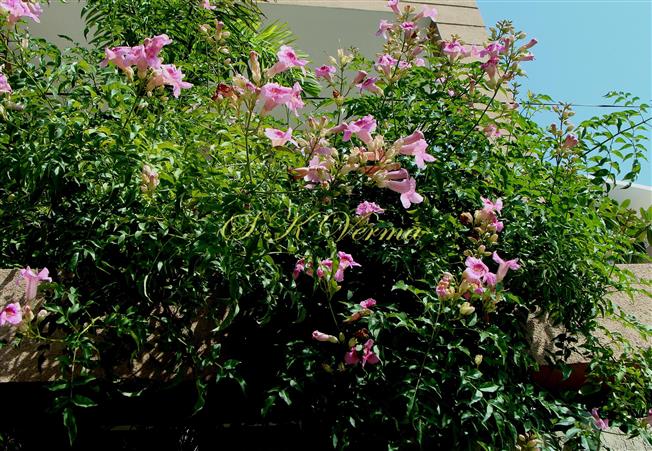
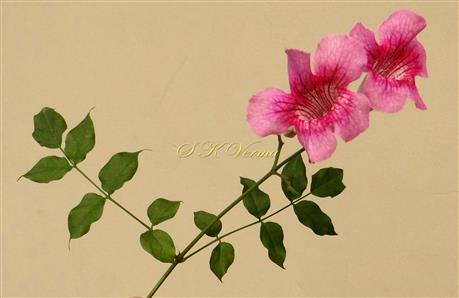
-2018.jpg)
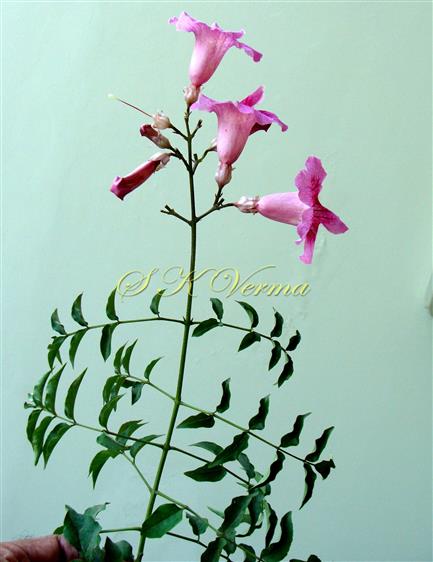
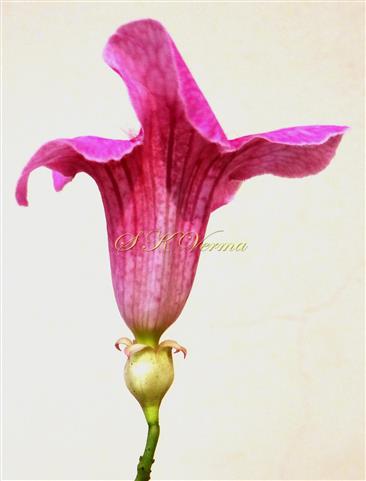
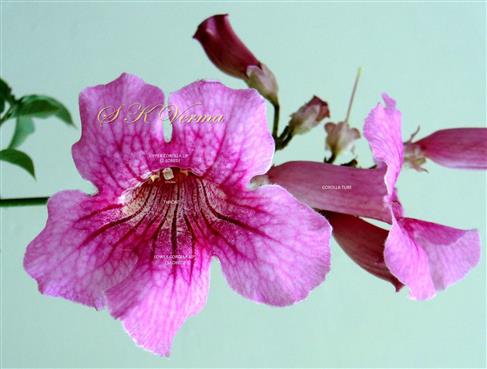
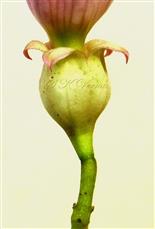
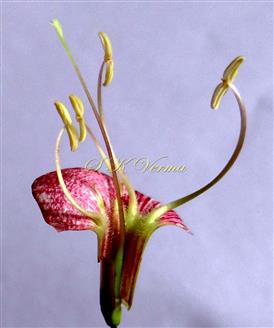
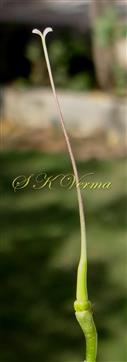
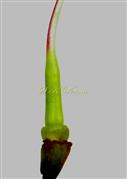
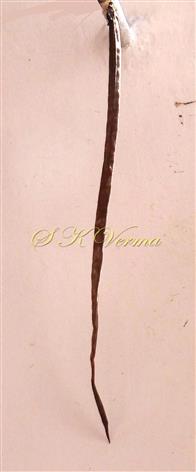

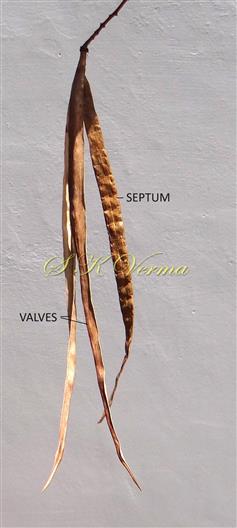
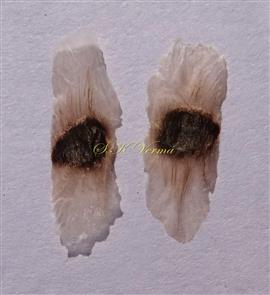



-2018.jpg)










